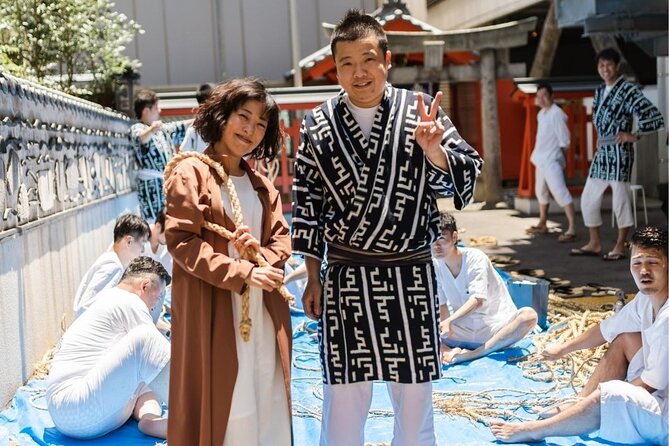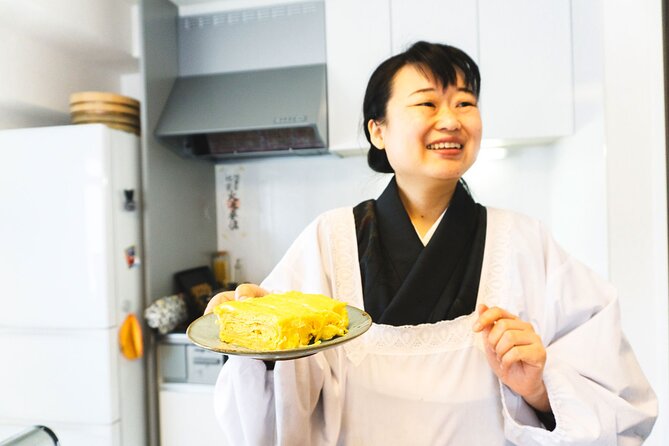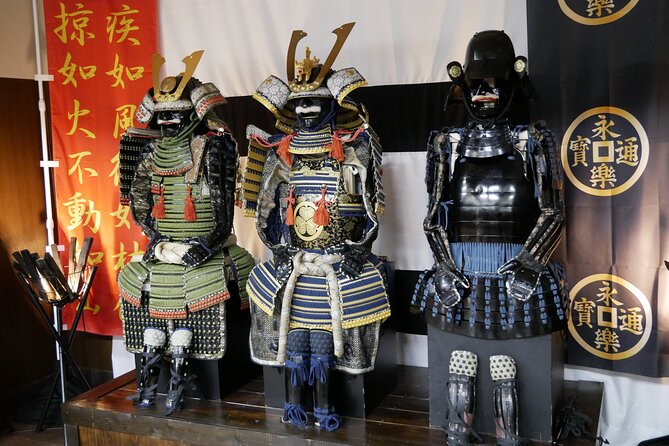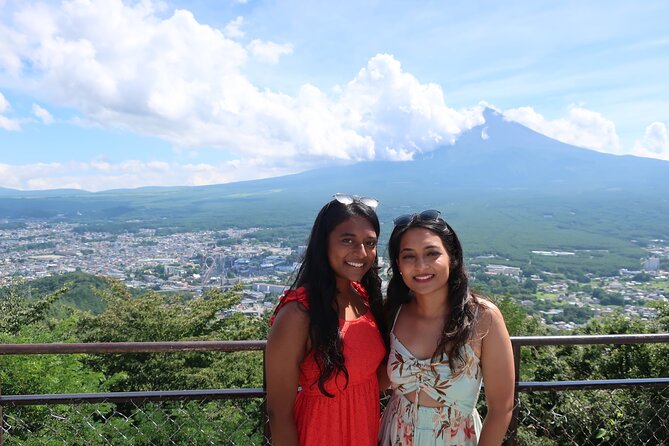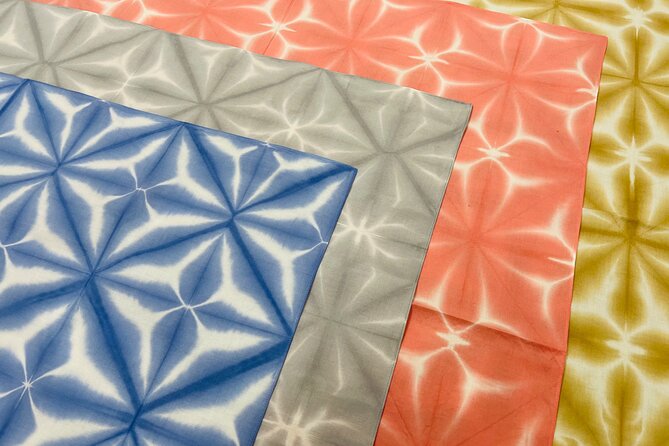At the Ryujokan dojo in Kumamoto, Japan, enthusiasts can enjoy the ancient art of Naginata, a traditional Japanese martial art. The Higo Ko-Ryu style, a distinct school of naginatajutsu, offers a unique opportunity to master the techniques of this centuries-old discipline. With its origins dating back to the 16th century, Higo Ko-Ryu focuses on the use of the naginata, a pole arm with a curved blade. What secrets lie behind this enigmatic style, and how can one unlock its full potential?
Just The Basics
• Higo Ko-Ryu is a traditional Japanese martial art that originated in the 16th century in the Higo Province, now Kumamoto Prefecture.
• This style of naginatajutsu focuses on the use of the naginata, a pole arm with a curved blade, for self-defense and spiritual development.
• To learn Higo Ko-Ryu, participants must dress comfortably, remove shoes upon entering the dojo, and be prepared to focus and learn in a disciplined environment.
• The style emphasizes proper grip, stance, and techniques such as kamae, suburi, tsuki, and kihon to master samurai fighting skills.
• Through Higo Ko-Ryu training, participants can delve deeper into Japanese culture, history, and philosophy, and understand the symbolism behind the naginata.
Understanding Naginata Style
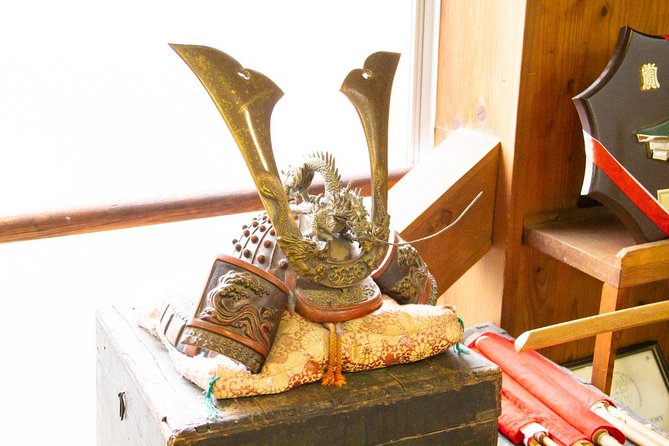
Naginata, a traditional Japanese martial art, has been practiced for centuries, originating from the naginatajutsu style of fighting, which samurai warriors used to wield a pole arm called naginata.
This martial art emphasizes spiritual development, physical discipline, and self-control.
Practitioners, known as naginata-ka, engage in various techniques, including kata (forms), kumitachi (sparring), and goshinjutsu (self-defense).
Naginata training aims to cultivate inner strength, agility, and focus, while promoting a deeper understanding of Japanese culture and history.
As a holistic practice, naginata combines physical exercise, mental discipline, and philosophical principles, making it a unique and rewarding experience for those who practice it.
History of Higo Ko-Ryu
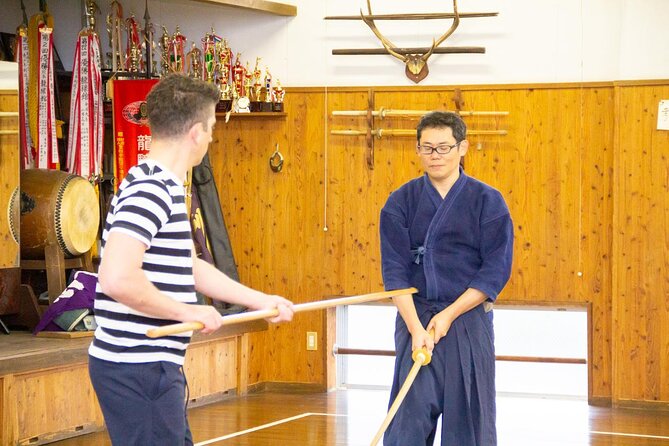
Higo Ko-ryu, a traditional Japanese martial art, emerged in the 16th century as a distinct school of naginatajutsu. It originated in the Higo Province, now known as Kumamoto Prefecture, and was developed by the samurai class. The style focuses on the use of the naginata, a pole arm with a curved blade.
| Period | Event |
|---|---|
| 16th century | Higo Ko-ryu emerges as a distinct school of naginatajutsu |
| 17th century | The style is refined and standardized by the samurai class |
| 19th century | Higo Ko-ryu declines with the abolition of the samurai class |
| 20th century | The style is revived and modernized for sport and self-defense |
Today, Higo Ko-ryu is practiced and preserved by dedicated practitioners and instructors, ensuring the continuation of this rich martial art tradition.
Meeting Your Sensei
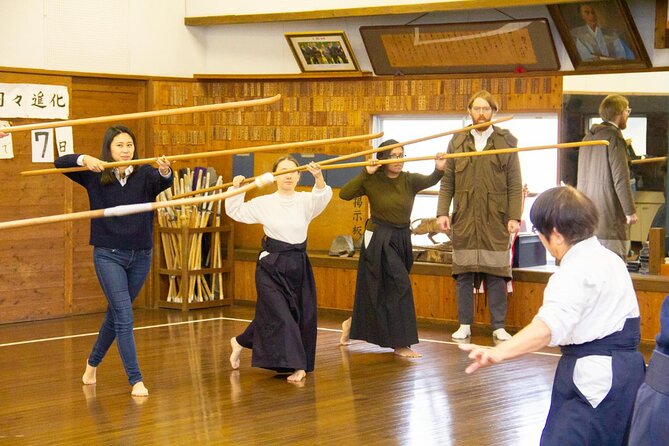
In a traditional Japanese setting, your sensei awaits to introduce you to the ancient art of Higo Ko-ryu.
At the Ryujokan dojo in Kumamoto, Japan, you’ll meet your instructor, who’ll guide you through this unique samurai experience. Accessible by tram, JR line, or bus, the dojo is easy to reach.
With a maximum of six travelers, you’ll receive personalized attention from your sensei. Be sure to wear comfortable clothing that allows for ease of movement.
Your sensei will welcome you warmly, and you’ll begin your journey into the world of Higo Ko-ryu. With their expertise, you’ll learn the intricacies of this ancient art, enjoying samurai culture and tradition.
Preparing for the Lesson
Before stepping onto the dojo floor, participants are encouraged to remove their shoes and bow upon entering, as a sign of respect for the traditional Japanese setting and the ancient art of Naginata. This gesture sets the tone for a disciplined and focused learning environment.
To ensure a productive lesson, participants should dress comfortably in loose-fitting clothing that allows for ease of movement.
They should also leave jewelry and valuables at home or in a safe place to avoid distractions.
It is recommended that participants arrive early to complete any necessary paperwork and get settled before the lesson begins.
Mastering Samurai Techniques
With a respectful mindset and comfortable attire, participants now focus on mastering the ancient samurai techniques of Naginata, starting with the proper grip and stance. They learn to hold the naginata, a pole arm with a curved blade, with both hands, keeping their elbows relaxed and their core engaged.
| Technique | Description |
|---|---|
| Kamae | Basic stance, feet shoulder-width apart, knees slightly bent |
| Suburi | Basic swing, practicing cutting motion |
| Tsuki | Thrusting technique, targeting opponent’s chest |
| Kiri-kaeshi | Cutting and returning to kamae stance |
| Kihon | Basic movement, moving around the opponent |
Cultural Immersion Experience
As they delve deeper into the world of Naginata, participants embark on a culture experience, where they’ll uncover the rich history and philosophy behind this ancient martial art.
This experience allows them to connect with the samurai spirit, understanding the values and traditions that shaped this unique fighting style.
During this immersive journey, you will:
Discover the roots of Naginata in feudal Japan and its role in samurai warfare.
Explore the symbolism behind the naginata, a powerful weapon wielded by skilled warriors.
Learn about the Bushido code, a set of principles that guided samurai conduct.
Witness traditional Japanese customs and etiquette, adding depth to their understanding of Naginata.
Through this culture, you will gain a deeper appreciation for the Naginata style, its history, and its significance in Japanese martial arts.
Safety and Accessibility Notes
The Ryujokan dojo takes necessary precautions to ensure a safe and enjoyable experience for all participants, with a first-aid kit on hand and staff trained in basic first aid procedures.
However, it’s essential to note that the dojo isn’t wheelchair accessible.
Participants are advised to wear easy-to-move-in clothes to ensure a comfortable and safe experience.
Plus, the dojo requests that participants inform them of any medical conditions or physical limitations beforehand to ensure necessary accommodations can be made.
With careful planning and attention to detail, the Ryujokan dojo strives to provide a unique and memorable experience for all participants.
Booking and Cancellation Policies
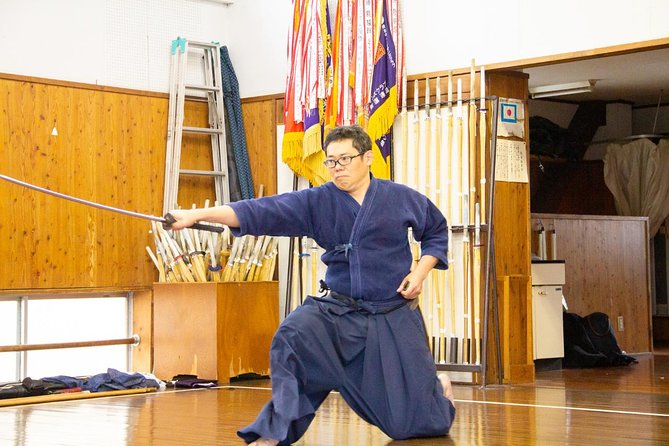
They finalize bookings upon receiving full payment, and it’s essential to note that all bookings are non-refundable. This policy is in place to ensure the quality of the experience and to protect the interests of both the participants and the organizers.
Full payment is required to secure your booking. No refunds or changes are allowed after booking.
Cancellation by the operator may occur in extreme weather conditions or unforeseen circumstances, in which case a full refund will be provided.
Travel insurance is recommended to protect against unforeseen circumstances that may affect your travel plans.
Frequently Asked Questions
Are There Any Discounts for Repeat Customers or Loyalty Programs?
She doesn’t see any information about discounts for repeat customers or loyalty programs on the website. It seems they don’t offer such perks, focusing instead on providing a unique experience for all participants.
Can I Bring My Own Naginata or Do I Need to Use One Provided?
She’s wondering if she can bring her own naginata or needs to use one provided. According to the tour operator, it’s best to use the naginata provided at the Ryujokan dojo to ensure a safe and authentic experience.
Are There Any Age or Fitness Level Restrictions for This Tour?
She checks the tour details and finds that age and fitness level restrictions aren’t explicitly stated, but participants should be able to move easily, as the tour involves physical activity, and wear comfortable clothes.
Will I Receive Any Certification or Recognition After Completing the Lesson?
She won’t receive any certification or recognition after completing the lesson; it’s a unique, fun experience focused on learning about samurai culture and weapons, rather than a formal training program.
Can I Take Photos or Videos During the Lesson for Personal Use?
She’s allowed to take photos or videos during the lesson for personal use, but it’s best to ask the instructor or tour guide for permission beforehand to avoid disrupting the session.
Not for you? Here's more of our most recent tour reviews happening neaby
Final Words
Experience the ancient art of Naginata at Ryujokan dojo in Kumamoto, Japan, and explore the Higo Ko-Ryu style of fighting.
Under the guidance of a sensei, master traditional techniques and gain insight into the history and philosophy of Naginata.
This immersive experience offers a unique opportunity to connect with Japan’s samurai heritage.
With a focus on safety and accessibility, this lesson is suitable for all levels.
Book now and embark on a journey to master the art of Naginata.

